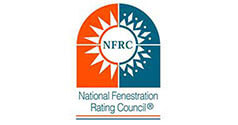It’s very easy to identify French doors from their appearance and how they differ from other doors. But if you are planning to install them in your home, it can be useful to understand a little more about French doors.
French doors and their origin
French doors are indoor or outdoor doors that come in different sizes and are composed of glass panes. They are used to connect two rooms or to provide access to patios, balconies, and other outdoor living spaces. French doors are believed to have originated in France and were influenced by Italian Renaissance architecture’s emphasis on light and symmetry. Aesthetics, the need for light during pre-electricity times, and an increasing supply of glass led to the inclusion of more windows and doors in homes. Small panes with strong steel mullions, or grids, were typical because glass was delicate and expensive.
Pros and cons of French doors
French doors are admired for many reasons: they let in natural light, they increase the sense of space in a room, they are lightweight, and they create a visual connection between the indoors and outdoors, as well as between rooms. They are, however, not ideal in every case because they need a considerable amount of space for opening, provide minimal privacy, are more expensive compared to sliding doors and basic solid interior doors, and require more maintenance because of all the glass that must be cleaned.
Types of French doors
French doors vary in type according to the number of glass panes they have, the materials used for the frame, and whether the glass used is clear or opaque.
Tips for French door styling and installation
When planning to install French doors, make sure you think about your desired door swing and how it will affect the space that you will need. Also consider the glass to be used, the lock and other security considerations, the insulation, the weather stripping, and overall durability.



















You must be logged in to post a comment.